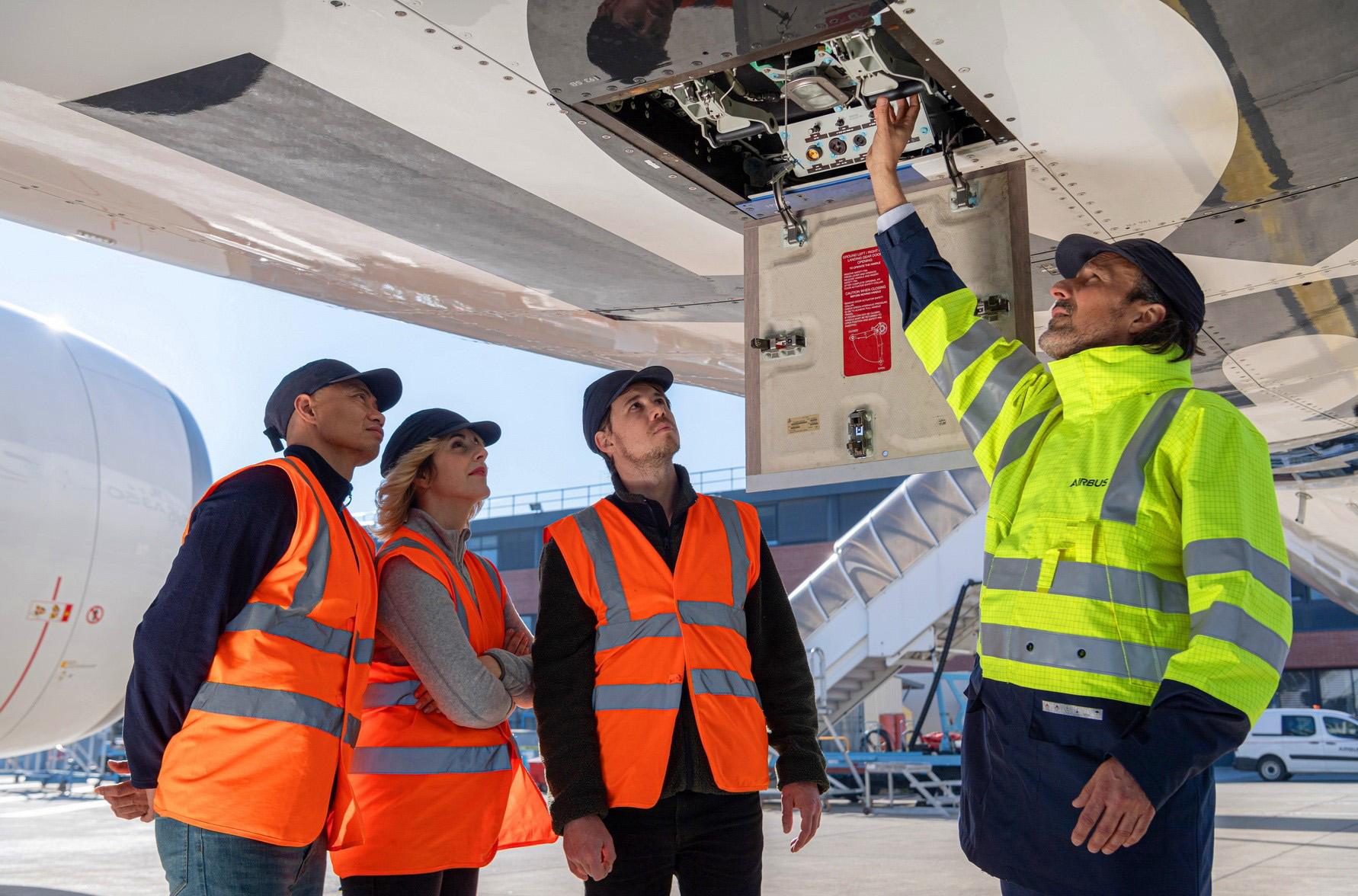
Airbus foresees the aviation services market returning to pre-COVID-19 levels by the end of next year and has predicted the segment will double in size over the next 20 years.
The European airframe manufacturer released its latest 20-year Global Services Forecast 2022-41 Oct. 6. Airbus says heightened demand for maintenance and training services have driven market growth with a return to the pre-pandemic levels of 2019 ($105 billion) expected by the end of 2023.
It noted a recovery in aircraft flight cycle activity over the summer months, with the number standing at 95% of 2019 levels. In turn, the increased flight cycles have led to increased spend in the aftermarket, estimated to have grown 21% this year in comparison to 2021 to a value of $95 billion in 2022.
These increases have led to more opportunities in end-of-life services, used serviceable material trading and the market for digital efficiency solutions, the OEM says. However, Airbus cited supply chain constraints and skilled workforce shortages, along with heightening economic uncertainty, as hampering the recovery of short-term passenger traffic.
As part of its projections, Airbus states the value of the aviation services industry will grow from this year’s number to around $232 billion by 2041, representing a compound annual growth rate of 3.7%.
To enable the growth would mean increasing industry manpower by around two million people by 2041, says Philippe Mhun, Airbus EVP, programs and services. In the annual report, Airbus estimates the industry will have demand for around 585,000 new pilots, 875,000 new cabin crew and 640,000 new maintenance technicians.
Toulouse-based Airbus says this would increase the segment’s current workforce numbers estimated at more than 11 million people in 2022.
“Accelerated digitalization of operations and maintenance as well as a higher proportion of latest generation aircraft in service will lead to a massive requirement for new skills and job creation, leveraging new tools and ways of working in order to further increase our sector’s efficiency, reduce fuel consumption and emissions,” Mhun says.
By 2041, the global commercial fleet is predicted to grow to almost 47,000 in-service aircraft, with approximately 39,490 new deliveries expected between now and 2041. Of these new deliveries, 60% are expected to be part of fleet expansion plans, with the remaining 40% for aircraft replacements.
At that stage, 95% of the global commercial fleet is expected to be comprised of new-generation narrowbody and widebody aircraft.

